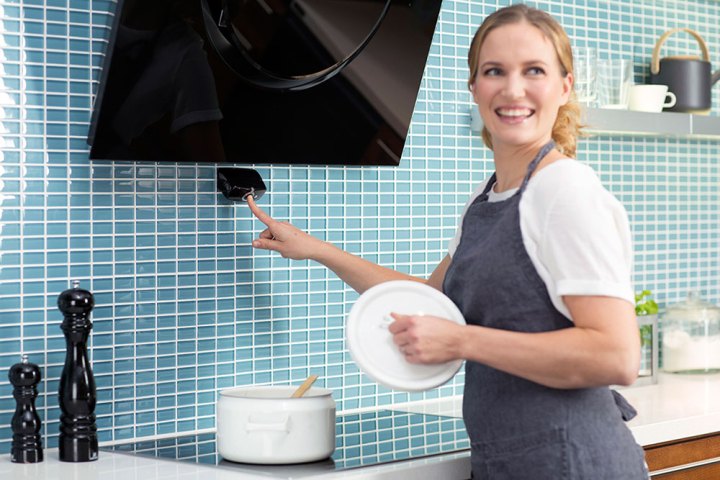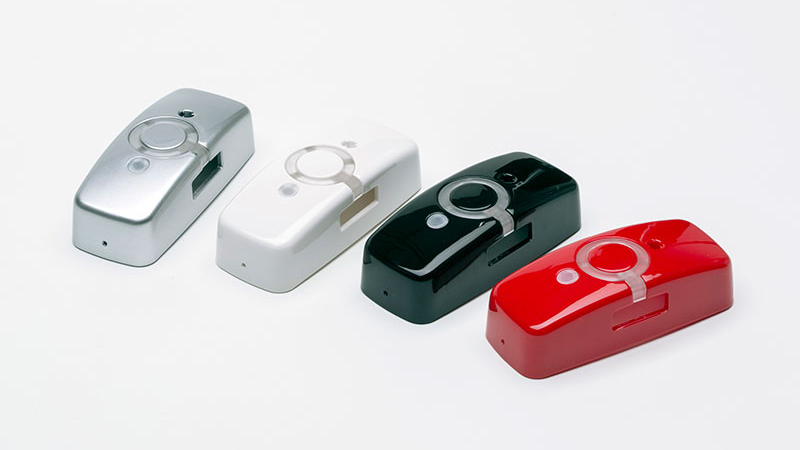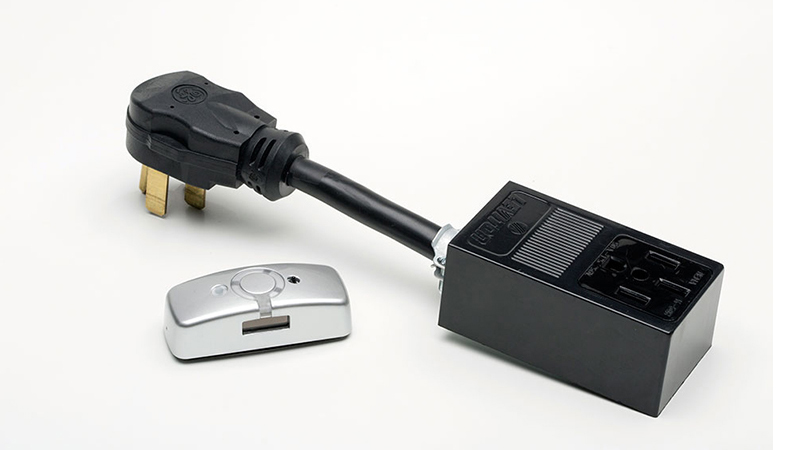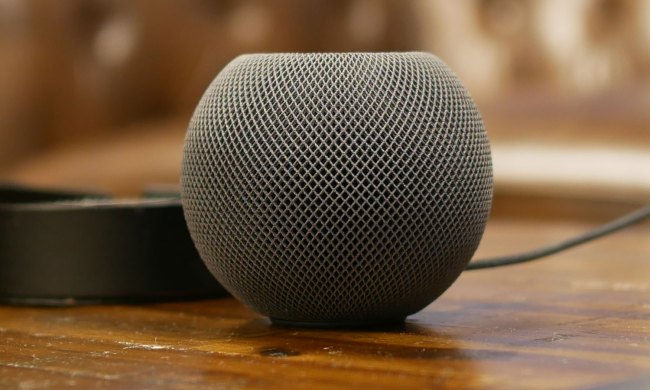
In response to the prevalence and danger of cooking fires in Finland, smart technology development company Innohome developed the Stove Guard SGK430, a heat-sensing range alarm that cuts power when it detects a dangerous temperature rise.
The Stove Guard has two pieces, a dual-mode sensor that is attached above the stovetop, typically below a range hood, and a power control unit that plugs directly into the power outlet. The stove is then plugged into the power control unit. The operation concept is simple: If the sensor detects dangerous heat levels, it sends an RF wireless signal to the control unit to cut power to the stove.
Of course, you have to cook on a stovetop and that means heat. According to Innohome, the Stove Guard sensor learns from your cooking habits and set its reaction ranges accordingly. It measures ambient (room) heat, maximum heat, and the rate of change. It’s able to distinguish, for example, between a couple of pots boiling or simmering on the stovetop and a frying pan that is heating too quickly and likely to catch fire, says the company.
The Stove Guard sensor unit has two heat sensors, a thermistor and an infrared photodiode. The unit monitors electrical current to the stove and, if it detects power but no heat, the smart technology assumes that someone has covered the sensor or something isn’t working correctly and blocks the power to the stove. Also, if only one of the heat sensors detects an unusual rise in heat, which might happen if the sensor unit is covered with grease, for example, it will also shut down.
The battery-operated sensor unit has small solar panels that keep the battery charged, with an expected life of 10 years or more. If the sensor is removed, the power control unit blocks current to the stove.
Innohome suggests that, in addition to use in homes in general, it is particularly applicable in places where people might not be as mindful of what is going on in the kitchen. Specific examples were college students living by themselves for the first time and elderly people who might be forgetful. Stove Guard is currently sold in Europe and is seeking partners to help it enter the U.S. market.





